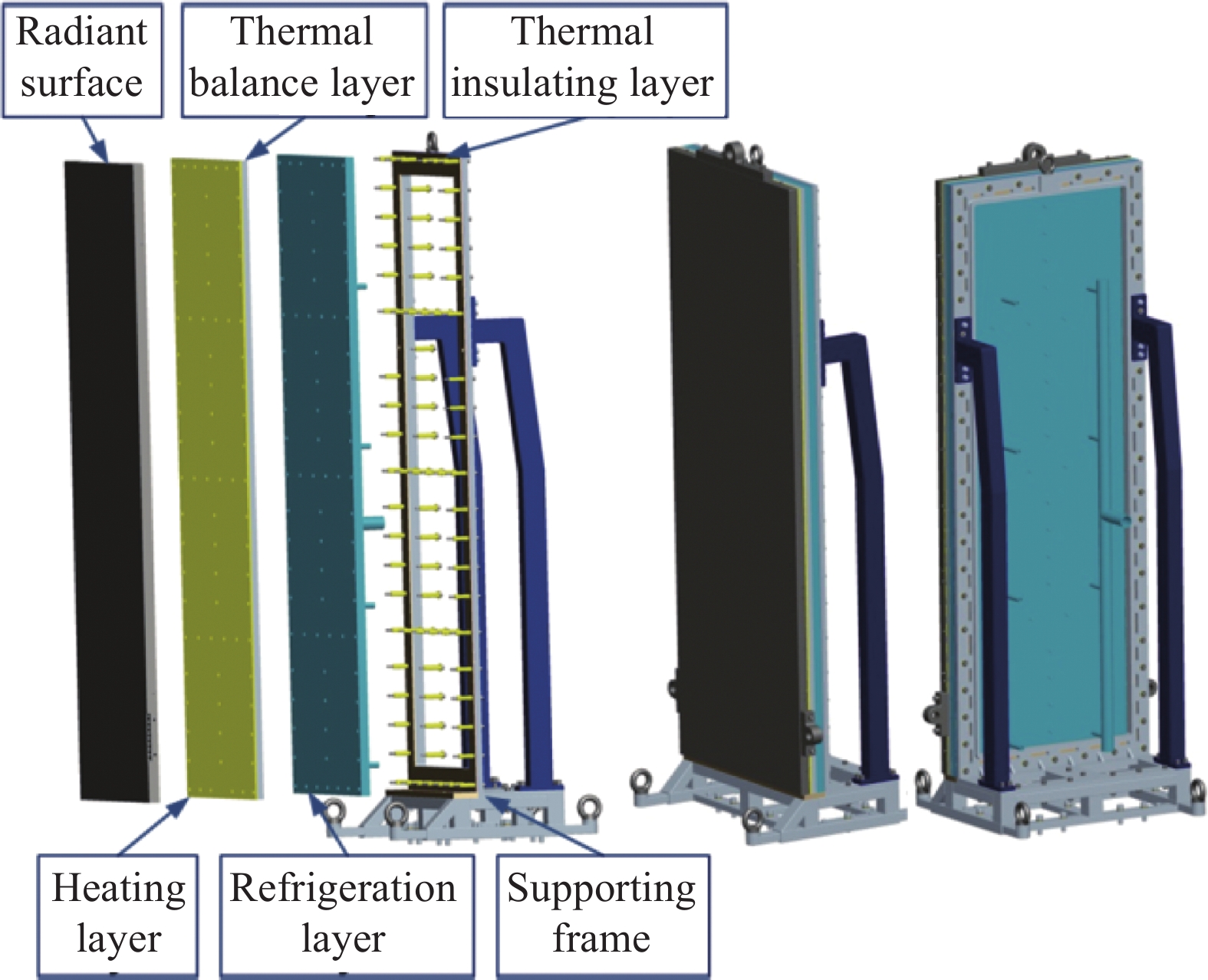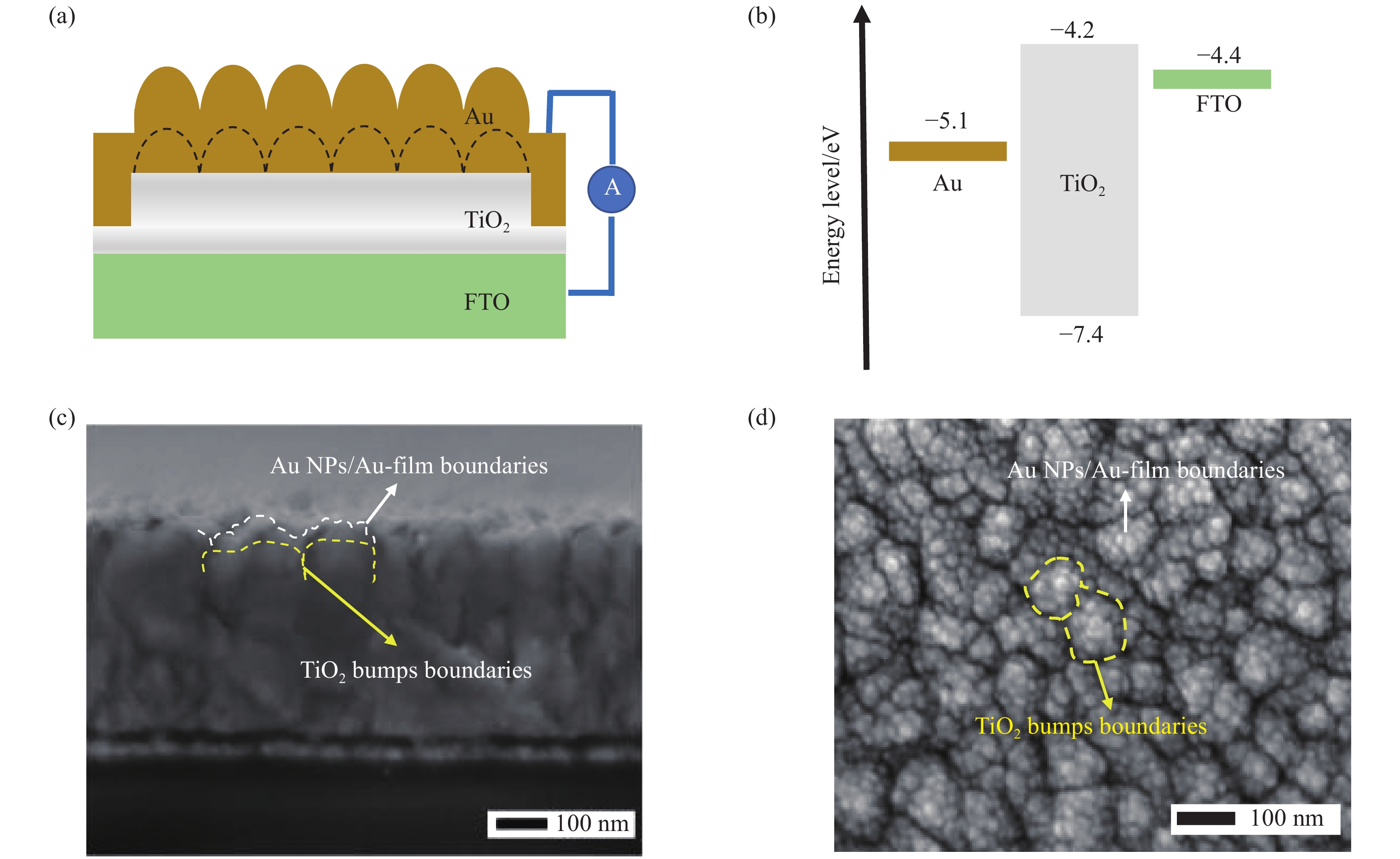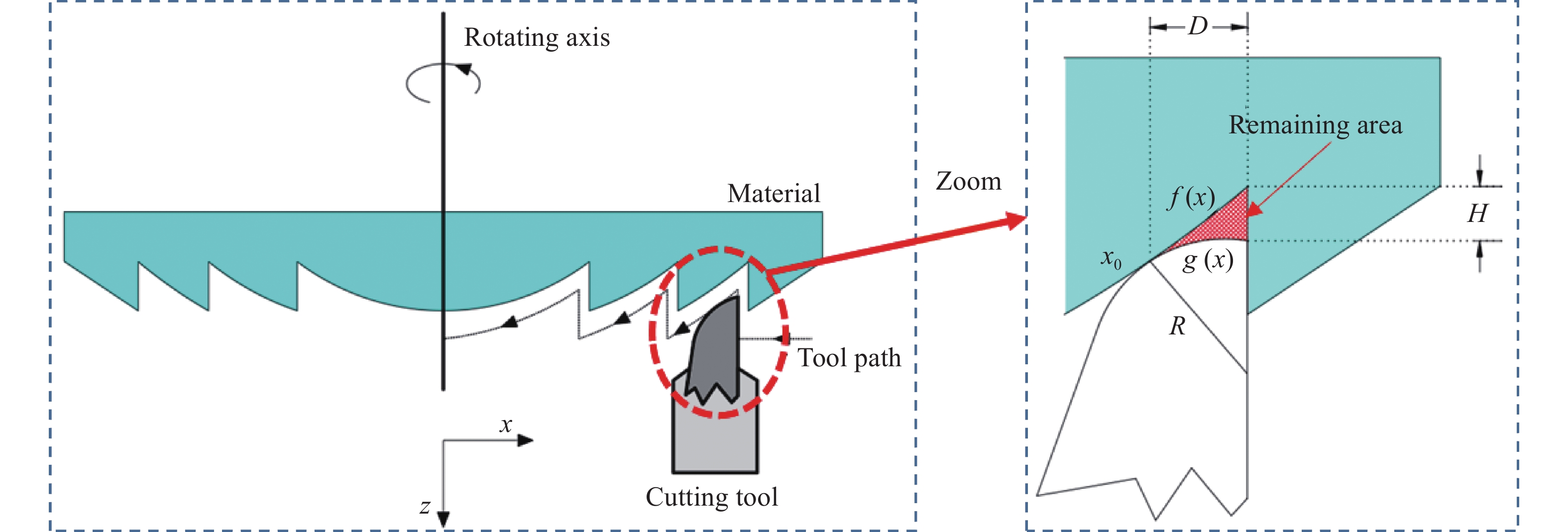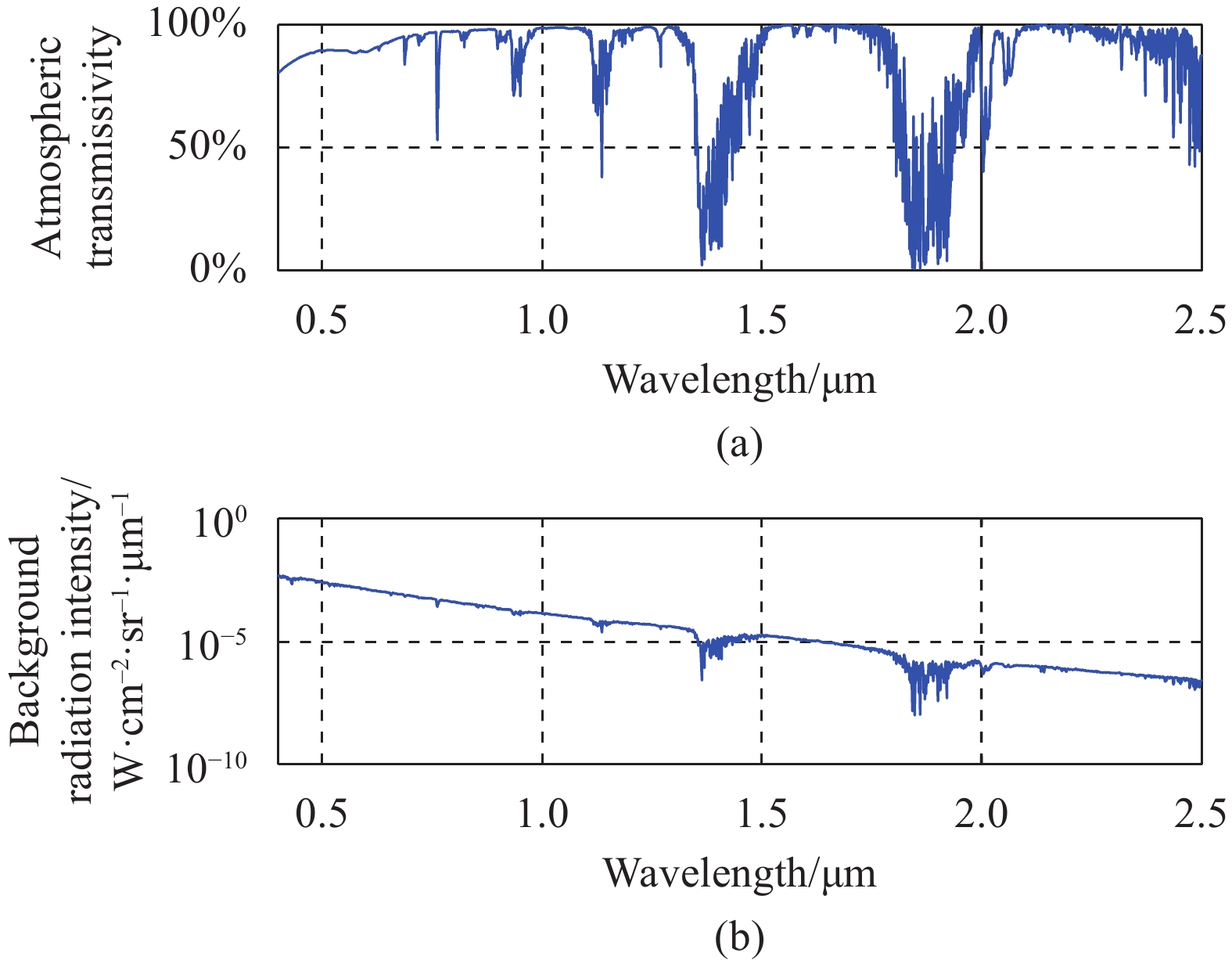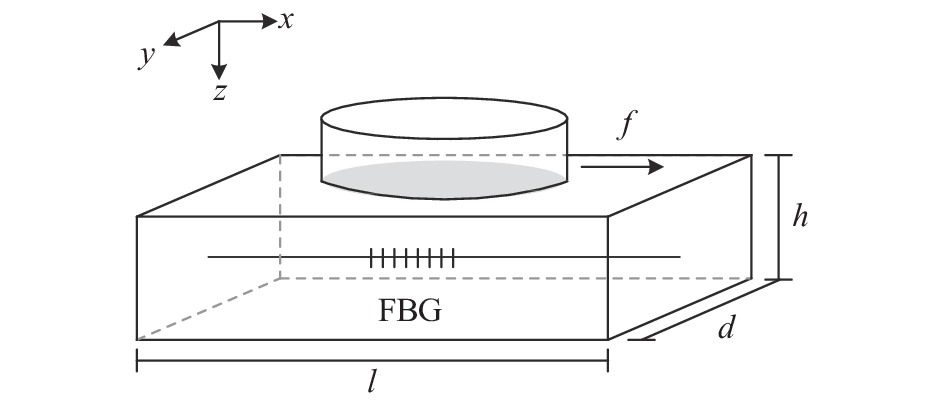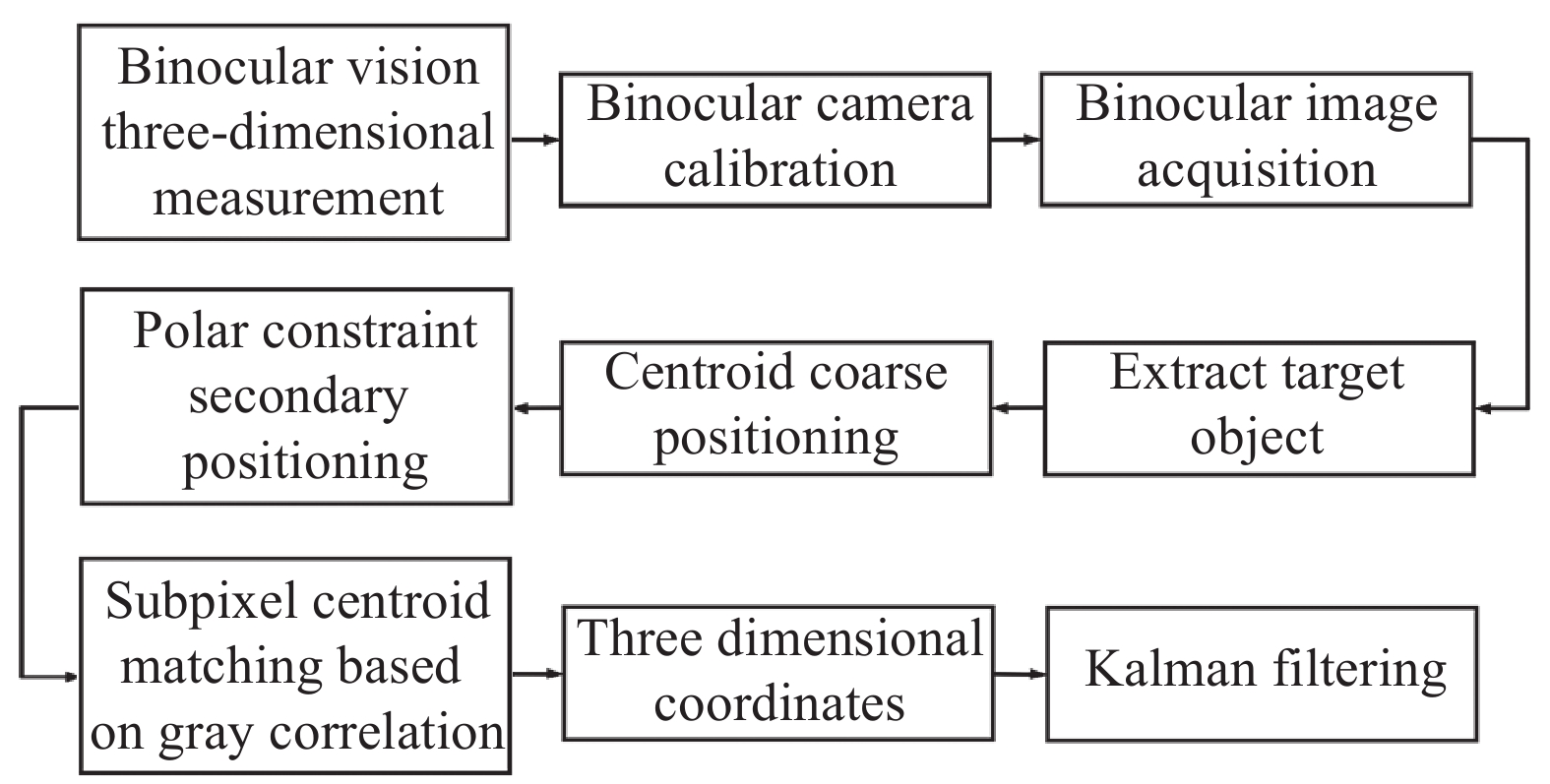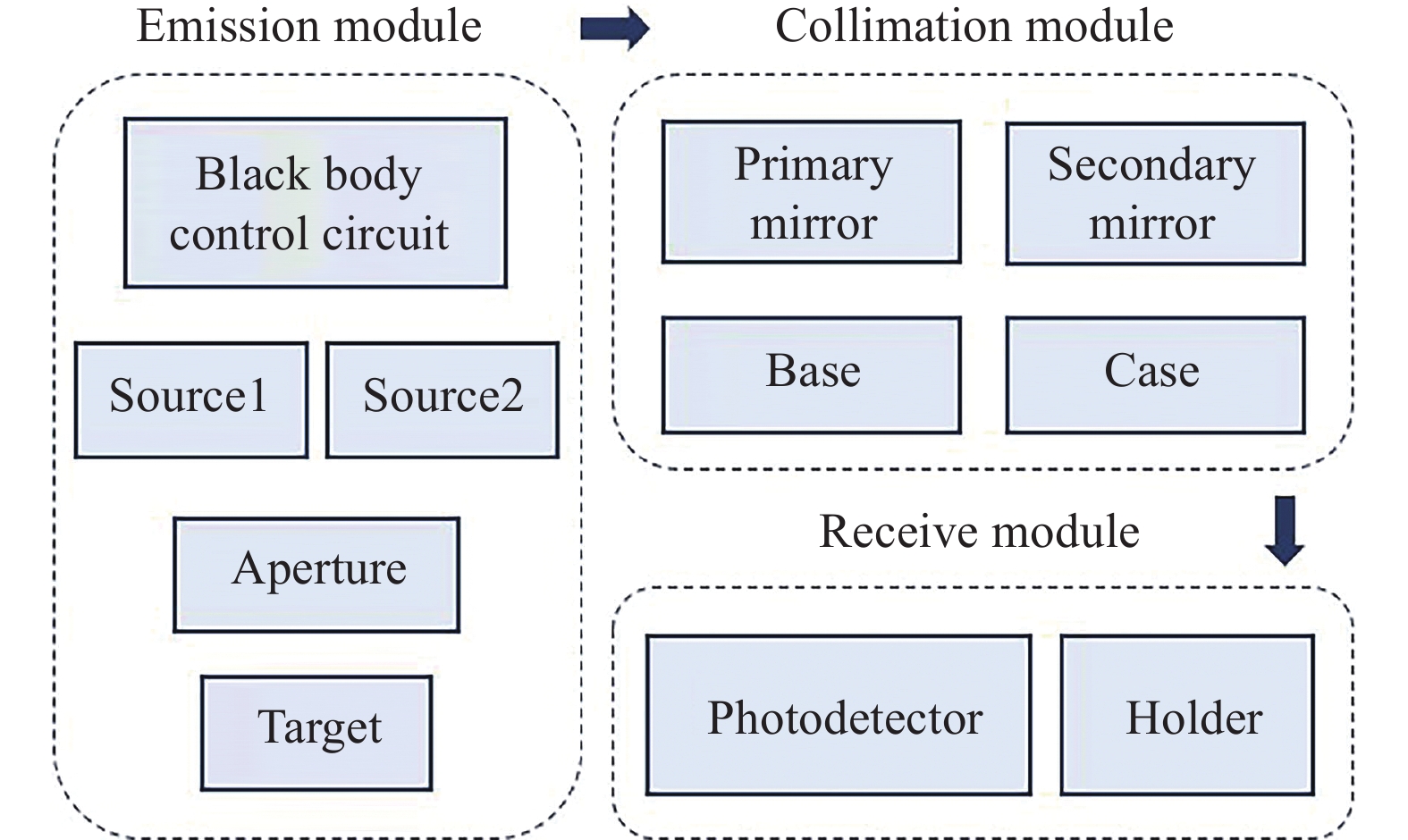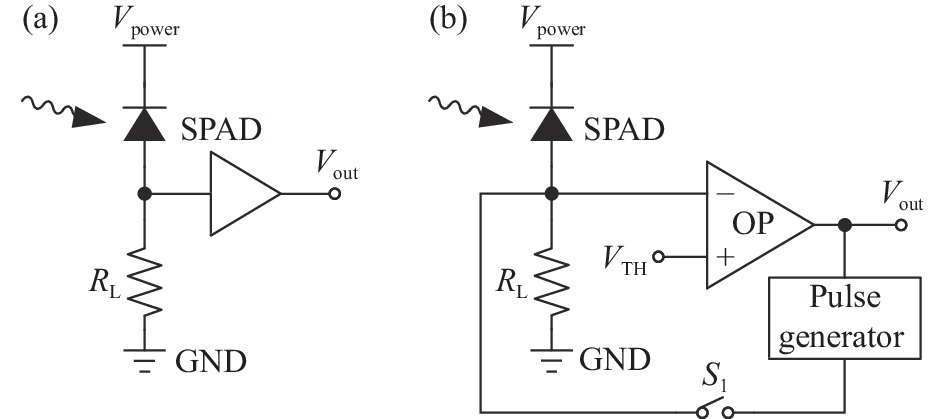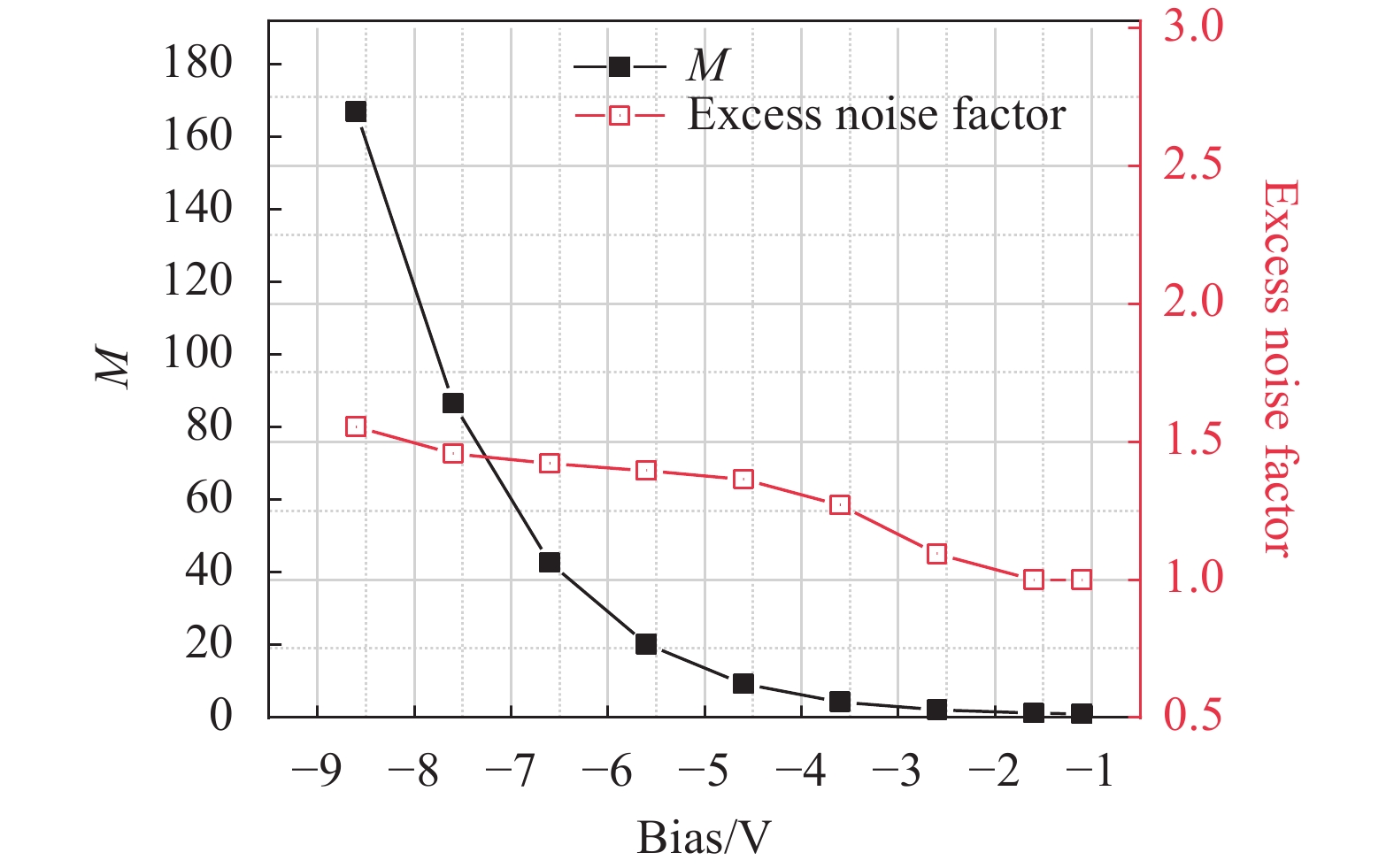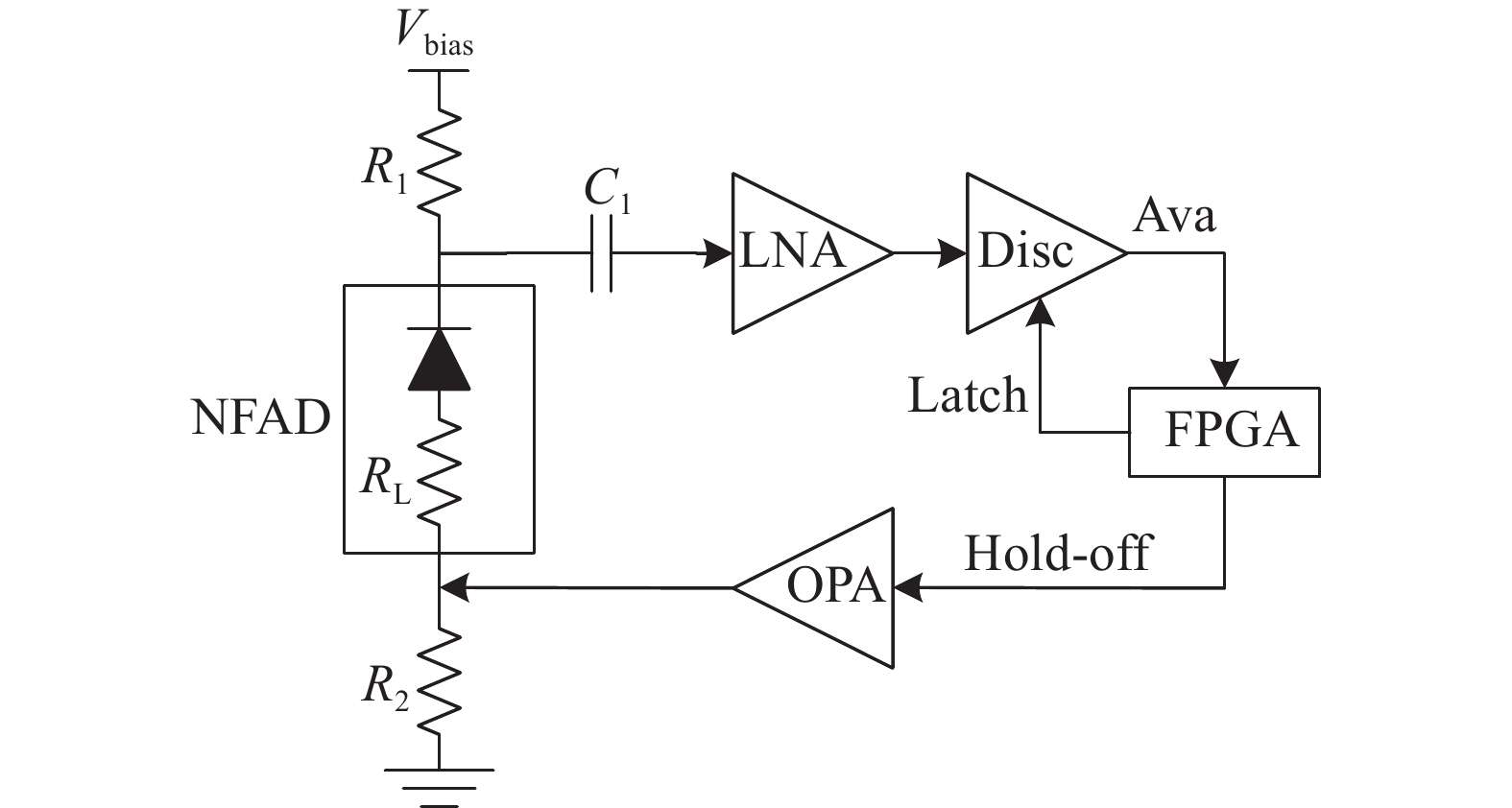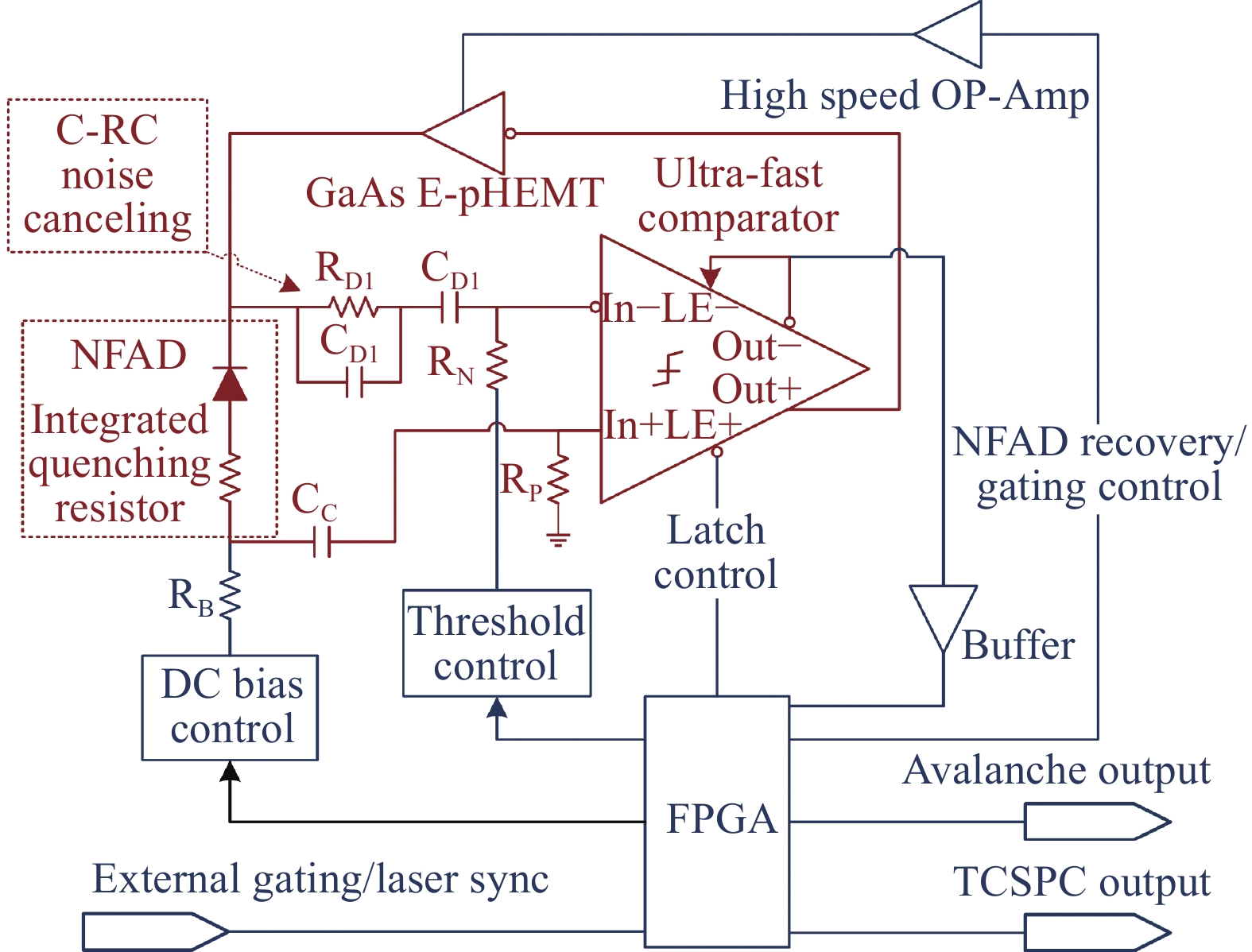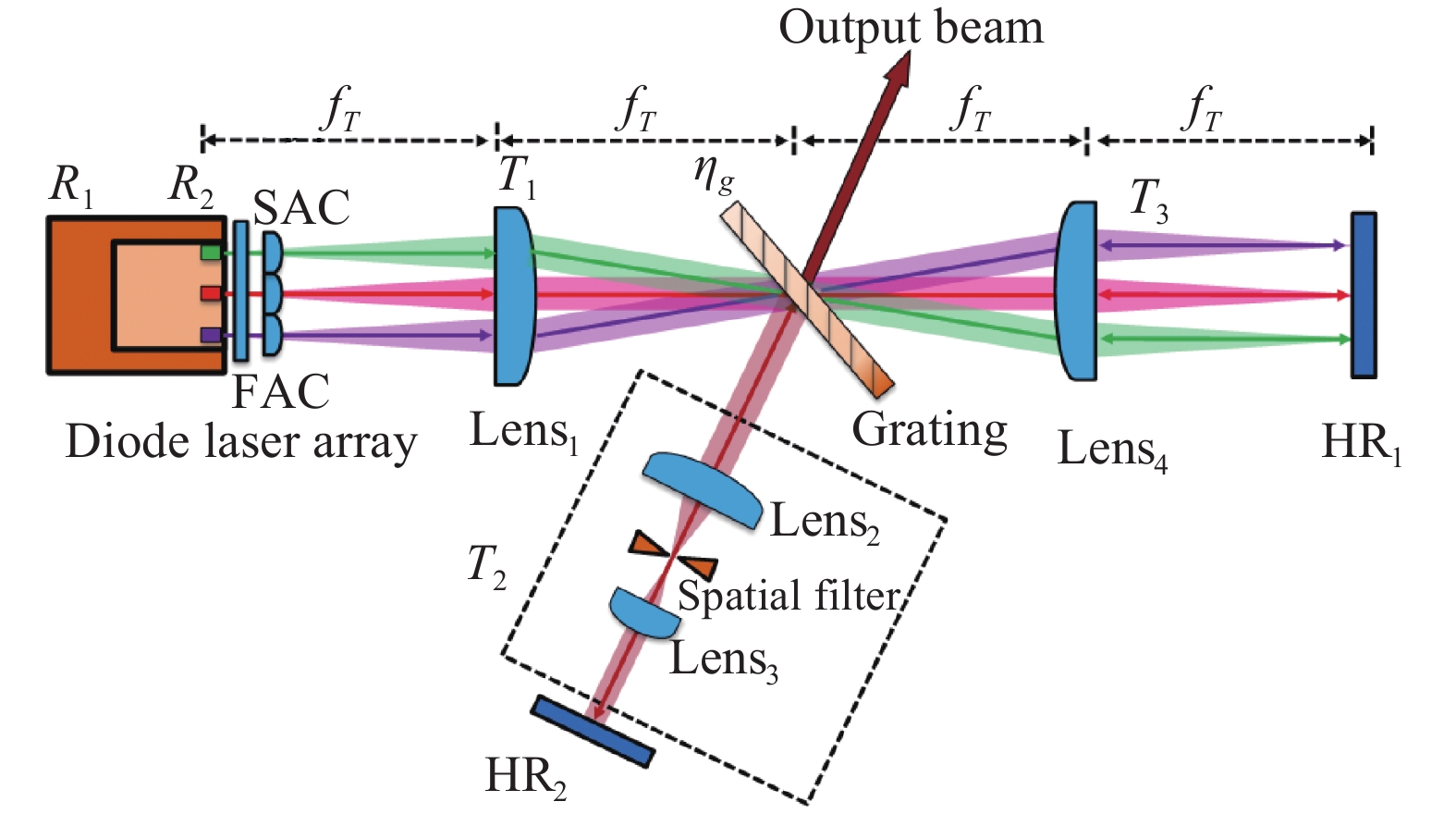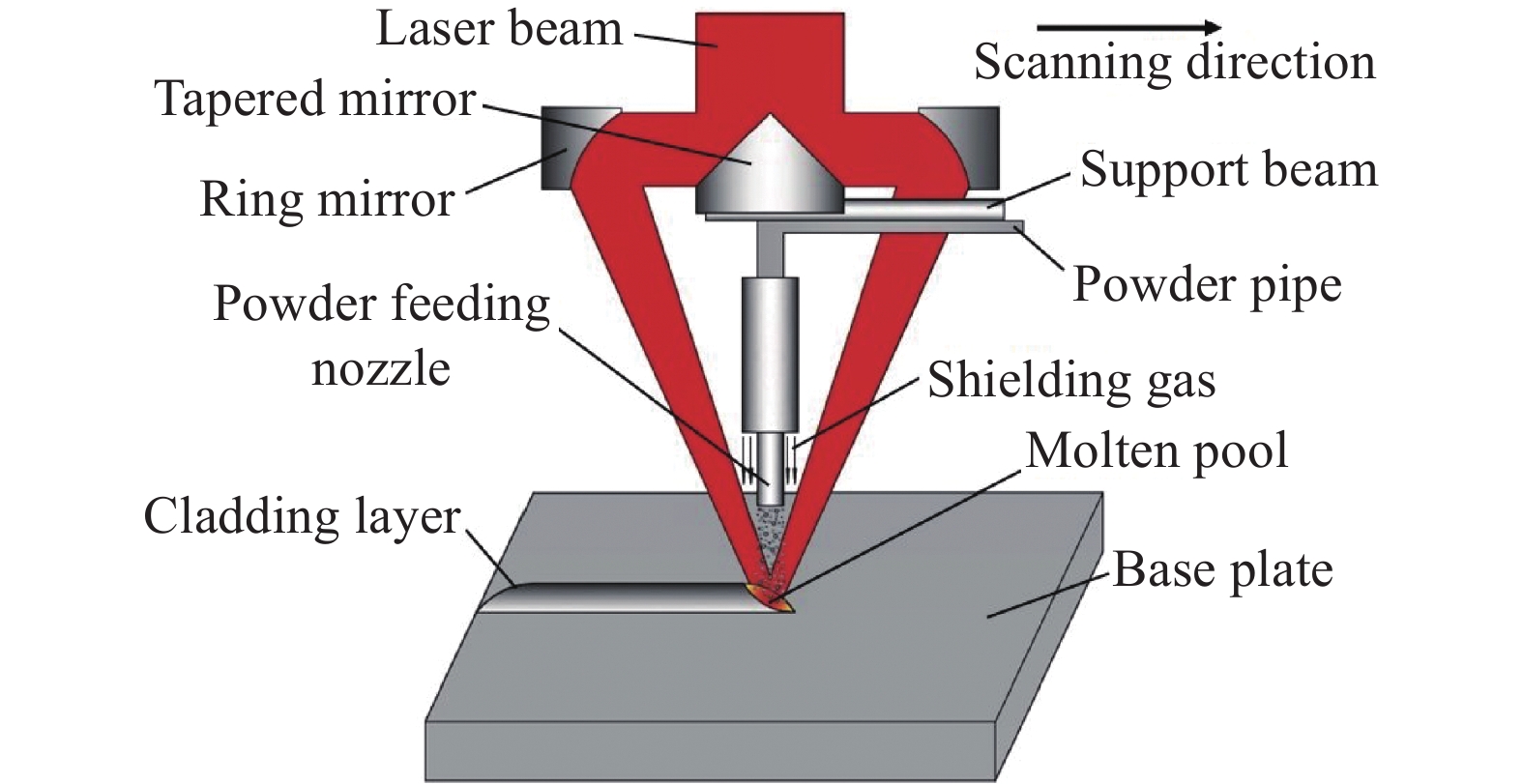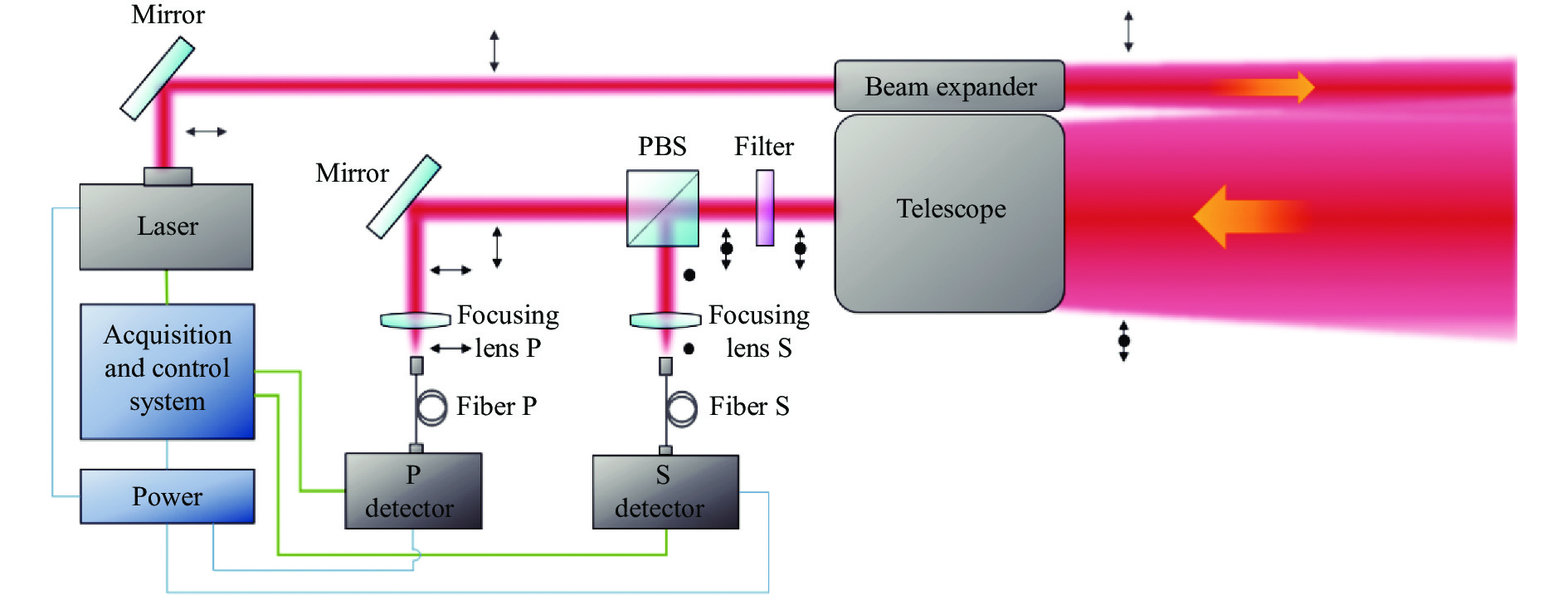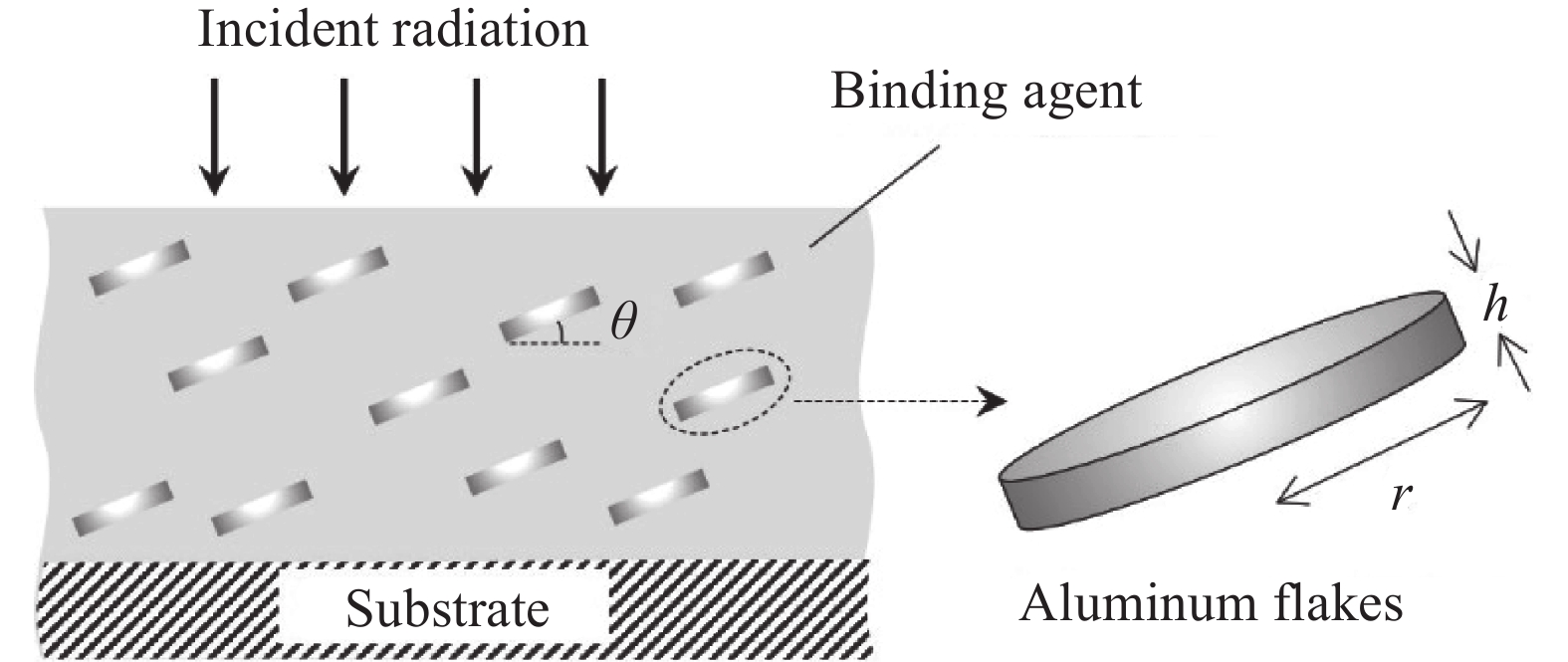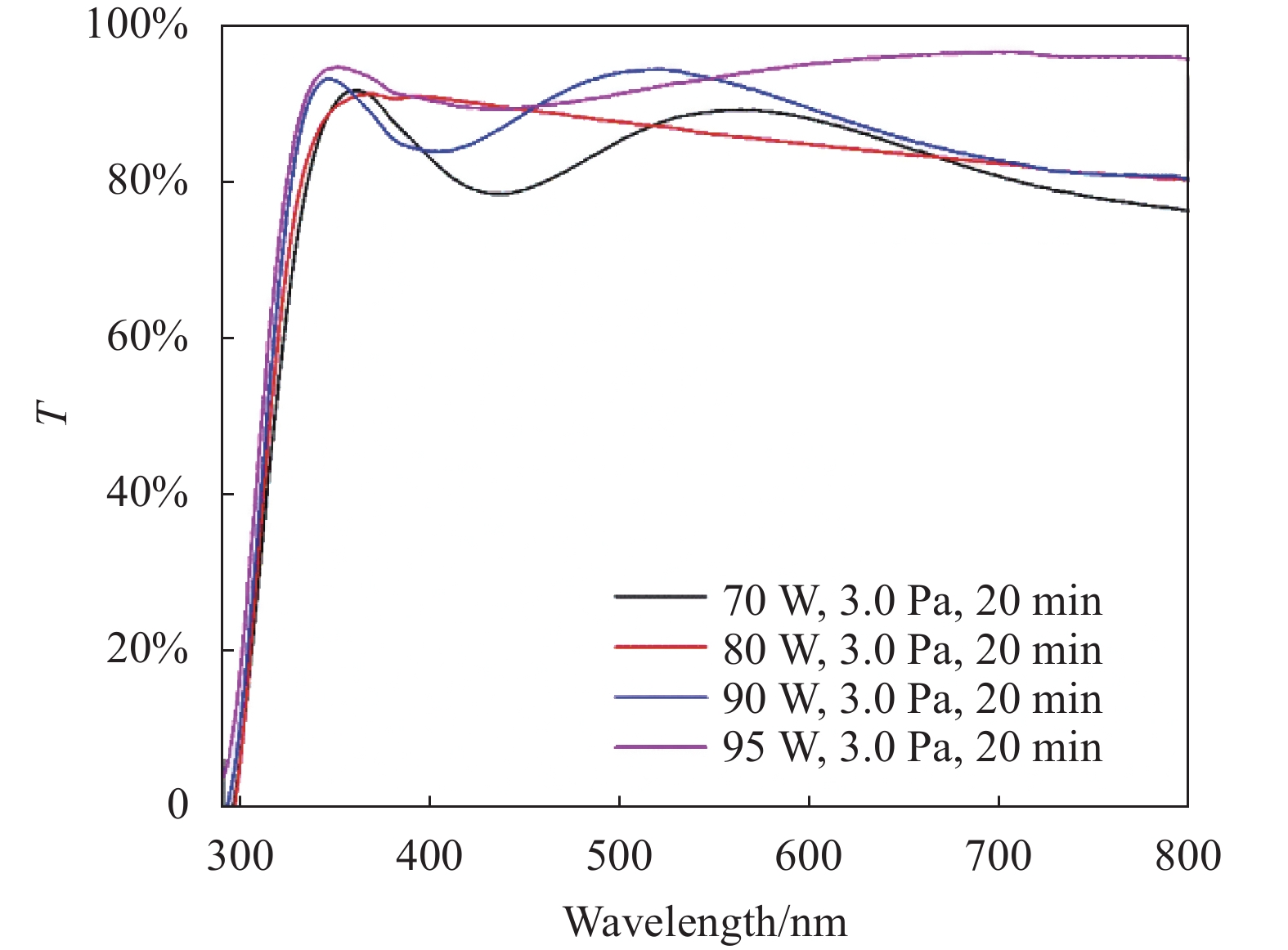2023 Vol. 52, No. 3
2023, 52(3): 20220463.
doi: 10.3788/IRLA20220463
2023, 52(3): 20220417.
doi: 10.3788/IRLA20220417
2023, 52(3): 20210828.
doi: 10.3788/IRLA20210828
2023, 52(3): 20220378.
doi: 10.3788/IRLA20220378
2023, 52(3): 20220464.
doi: 10.3788/IRLA20220464
2023, 52(3): 20220504.
doi: 10.3788/IRLA20220504
2023, 52(3): 20220523.
doi: 10.3788/IRLA20220523
2023, 52(3): 20220583.
doi: 10.3788/IRLA20220583
2023, 52(3): 20220485.
doi: 10.3788/IRLA20220485
2023, 52(3): 20220551.
doi: 10.3788/IRLA20220551
2023, 52(3): 20220871.
doi: 10.3788/IRLA20220871
2023, 52(3): 20220587.
doi: 10.3788/IRLA20220587
2023, 52(3): 20220505.
doi: 10.3788/IRLA20220505
2023, 52(3): 20220618.
doi: 10.3788/IRLA20220618
2023, 52(3): 20220574.
doi: 10.3788/IRLA20220574
2023, 52(3): 20220554.
doi: 10.3788/IRLA20220554
2023, 52(3): 20230016.
doi: 10.3788/IRLA20230016
2023, 52(3): 20230036.
doi: 10.3788/IRLA20230036
2023, 52(3): 20220908.
doi: 10.3788/IRLA20220908
2023, 52(3): 20220903.
doi: 10.3788/IRLA20220903
2023, 52(3): 20220698.
doi: 10.3788/IRLA20220698
2023, 52(3): 20220901.
doi: 10.3788/IRLA20220901
2023, 52(3): 20230017.
doi: 10.3788/IRLA20230017
2023, 52(3): 20220907.
doi: 10.3788/IRLA20220907
2023, 52(3): 20220393.
doi: 10.3788/IRLA20220393
2023, 52(3): 20220446.
doi: 10.3788/IRLA20220446
2023, 52(3): 20220468.
doi: 10.3788/IRLA20220468
2023, 52(3): 20220482.
doi: 10.3788/IRLA20220482
2023, 52(3): 20220474.
doi: 10.3788/IRLA20220474
2023, 52(3): 20220508.
doi: 10.3788/IRLA20220508
2023, 52(3): 20220507.
doi: 10.3788/IRLA20220507
2023, 52(3): 20220532.
doi: 10.3788/IRLA20220532
2023, 52(3): 20220470.
doi: 10.3788/IRLA20220470



